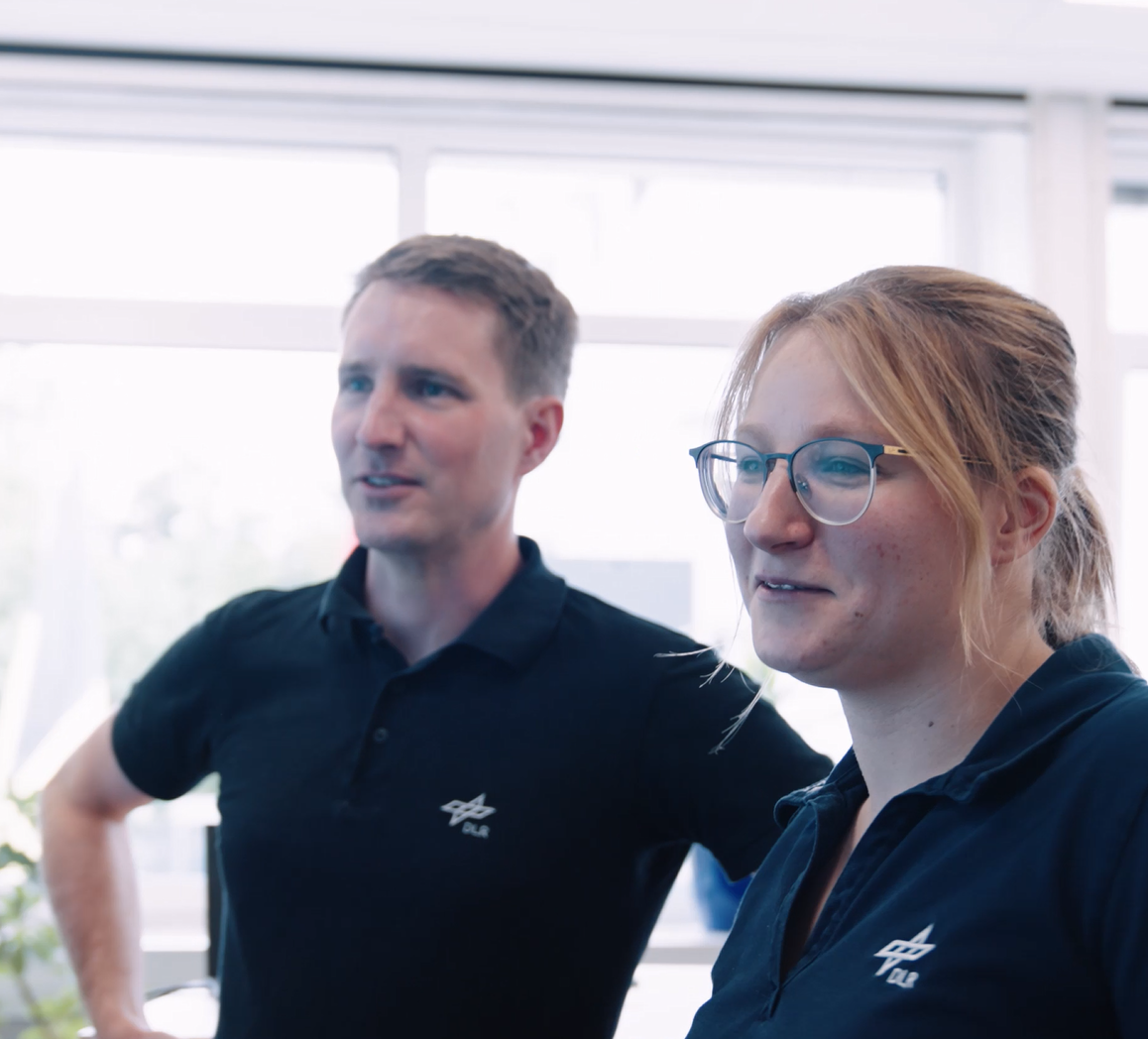Our Impact
ALIGHT empowers European airports to accelerate their green transition with practical, scalable solutions. By uniting airports, technology providers, policymakers, and regulators, ALIGHT pilots and documents the effectiveness of SAF, smart energy management, electrification, and energy storage for measurable and responsible aviation decarbonisation.

Measuring and Documenting Impact
What makes ALIGHT unique is its evidence-based approach: Each pilot, demonstration, and intervention is carefully monitored and evaluated. By compiling data on key indicators — such as reduction in scope 1 and 2 emissions, renewable energy penetration, cost efficiency, and stakeholder acceptance — the project provides a robust foundation for scaling successful solutions across the sector. ALIGHT ultimately aims to inspire and enable airports and their partners to act decisively and confidently on sustainability. By demonstrating what works — and quantifying its effect — ALIGHT not only advances the state of the art but also sets a benchmark for future policy and investment.
In practice, ALIGHT’s work is centered around sustainability, which builds on the three pillars of sustainability— environmental, economic, and social.
The project demonstrates solutions to reduce greenhouse gas emissions, focusing on SAF, electrification of ground operations, and renewable energy integration.
ALIGHT documents reductions in CO₂ and other emissions, energy use, and improvements in local air quality, providing real evidence of climate impact.
ALIGHT analyzes the costs and benefits of decarbonisation, ensuring solutions like SAF and electrification are economically viable and scalable for airports, supporting smart, sustainable investment.
Further, ALIGHT reserves a focus on ensuring sustainability measures benefits employees and communities, as well as through highlighting the importance of understanding supply chains, and local communities both surrounding airports or downstream within a SAF supply chain.
For a deeper dive into ALIGHT’s sustainability perspectives and the knowledge underpinning its approach, check out the knowledge section and the Sustainability Report.

Recommendations for Establishing a Bold Vision
ALIGHT recommends that airports aiming for climate neutrality and sustainability by 2050 adopt a holistic vision structured around clear sustainability pillars. The vision should address environmental, social, economic, operational, andtechnical dimensions, ensuring comprehensive and practical ambitions. Cross-sector and cross-border collaboration is essential, involving airports, airlines, technology providers, authorities, and local communities from thestart. Flexibility and adaptability are key—scenario-based planning and phasedinfrastructure allow airports to evolve as technologies advance. Stakeholderengagement is crucial for social inclusivity and human-centered design. Thevision should align with leading policies and standards, encouraging innovationthrough digitalization and electrification to drive efficiency and emissionsreduction. Financial viability must be secured with innovative financing likegreen bonds and public-private partnerships. Finally, the vision must functionas a dynamic roadmap, regularly updated to reflect new challenges and opportunities, ensuring airports stay resilient and lead the transition towardssustainable aviation.




